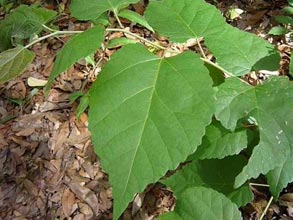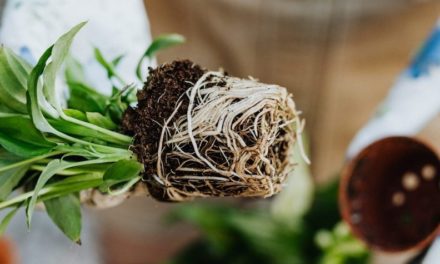 This year, autumn can best be described as “quirky.” The normal warm and cool temperature swings have been anything but normal and it has been wet, very wet. The weeds are winning the race and as I write this yet another storm is approaching and with each gust of wind my house is bombarded by acorns. The years we experience an overabundance of acorns are called Mast years; mast being the name for naturally occurring acorn or nut foods for mammals such as deer, squirrels and birds like the wild turkeys. It is obvious we are going to have a lot of very happy and satiated animals this winter. Scientists have a lot of theories about why the Mast year phenomena occur but, to date, none have been empirically proven. One thing the scientists are positive about is that it does NOT indicate a colder than average winter as the old wives tales assert.
This year, autumn can best be described as “quirky.” The normal warm and cool temperature swings have been anything but normal and it has been wet, very wet. The weeds are winning the race and as I write this yet another storm is approaching and with each gust of wind my house is bombarded by acorns. The years we experience an overabundance of acorns are called Mast years; mast being the name for naturally occurring acorn or nut foods for mammals such as deer, squirrels and birds like the wild turkeys. It is obvious we are going to have a lot of very happy and satiated animals this winter. Scientists have a lot of theories about why the Mast year phenomena occur but, to date, none have been empirically proven. One thing the scientists are positive about is that it does NOT indicate a colder than average winter as the old wives tales assert.
A newcomer to the area recently asked if all these acorns were going to germinate. Well, most of them won’t but with so many falling, yes, plenty will sprout. Sweeping up as many as you can before they settle into your beds is a first line of defense. There is no way to get around it; we are going to have many, many oak seedlings next year. I have already seen a number of acorns with a tiny radical emerging from the shell. This baby root is just looking for the perfect spot to worm its way down into the still warm soil. It is already too late for pre-emergent herbicides; I am going to deal with the problem by using a very heavy mulch and hope that works.
It is time to plant the cool season annuals; plants like pansies, violas, snapdragons, calendulas, dianthus and Iceland poppies. Choose stocky, well branched plants with few buds. You want them to become established with a good root system before expending their energy on flowers. This is a rapid process this time of year so don’t despair, you will have plenty of flowers shortly.
For mass plantings, choose a location with morning sun. Be sure to amend your soil with compost like mushroom, cow manure or leaf mold and incorporate a small amount of slow or timed release fertilizer like 5-10-10 in the bed. You’ll want to avoid high nitrogen (1st number) as this encourages lush greenery instead of flowering. Follow the directions on the plant label for spacing; winter annuals are susceptible to rot, you want air circulation as they grow. Apply mulch between plants in garden beds to keep the soil evenly moist and to keep the weeds down. Mulch is also important for plants in containers or hanging baskets. I like to use Spanish Moss from the trees in my yard to cover the soil in containers.
Be alert for insect or disease problems, they can escalate rapidly in cool weather. Neem oil is a natural product that works well as a fungicide and it also smothers insects. Always follow directions on the label.
Tender plants that you plan to winter over in the house should be inside by now. You want to acclimate them to indoors before the heat is on full time. Over watering kills houseplants more than under watering so be mindful of your plants needs but don’t baby them too much.
Before buying holiday greenery take a stroll around your own garden and see if you don’t have some interesting material you can use. Eastern Red Cedar is my go to filler this time of year, but even things like Wax Myrtle can be used and it has a Bayberry scent which smells very Christmasy to me. Of course Camellia flowers are lovely but the shiny dark green foliage is striking by itself. I have also seen Loropetalum branches used for a deep red or burgundy effect. Using you own material is more than thrifty; it gives one a sense of satisfaction.
After a cold and stormy morning the weather is now warm and sunny, time to go out and a clean up more acorns. Every one we get up now means one seedling fewer to pull next spring. It should be a very happy Thanksgiving for the mast eating animals this year. May we all enjoy the season of sharing and giving thanks.








